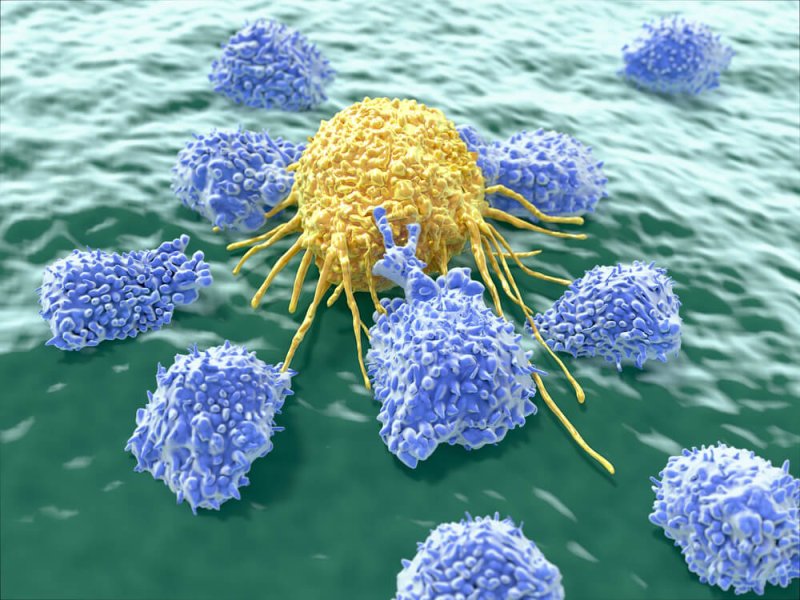In high school and college, Timothy Lu spent a lot of time programming computers. But as his college graduation approached, he turned his attention toward programming biological systems. The field of synthetic biology was just beginning to emerge, and he wanted to be part of it.
Since that time, Lu has devoted his career to coming up with novel ways to engineer cells, both bacterial and human, to perform new functions. Using this approach, he hopes to develop new therapies for a range of diseases, from cancer to drug-resistant infections.
…
In a recent study, Lu and his colleagues developed a synthetic gene circuit that triggers the body’s immune system to attack cancers when it detects signs of the disease. They are also working on designing more control elements to help them turn such circuits on and off, and developing ways to help circuits change their output in response to different disease biomarkers.
Lu’s lab also continues to pursue novel antimicrobial treatments, including engineered bacteriophages as well as new types of antimicrobial peptides. By modifying these naturally occurring proteins, Lu hopes to make them more efficient at killing microbes, and potentially to develop them for use against infection in humans.
Such research has become increasingly important, Lu says, as more strains of bacteria become resistant to existing drugs.
Read full, original post: Timothy Lu seeks to combat disease by reprogramming biological systems
































